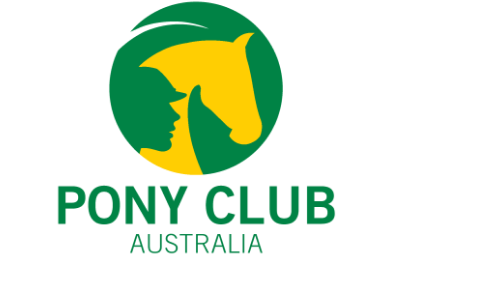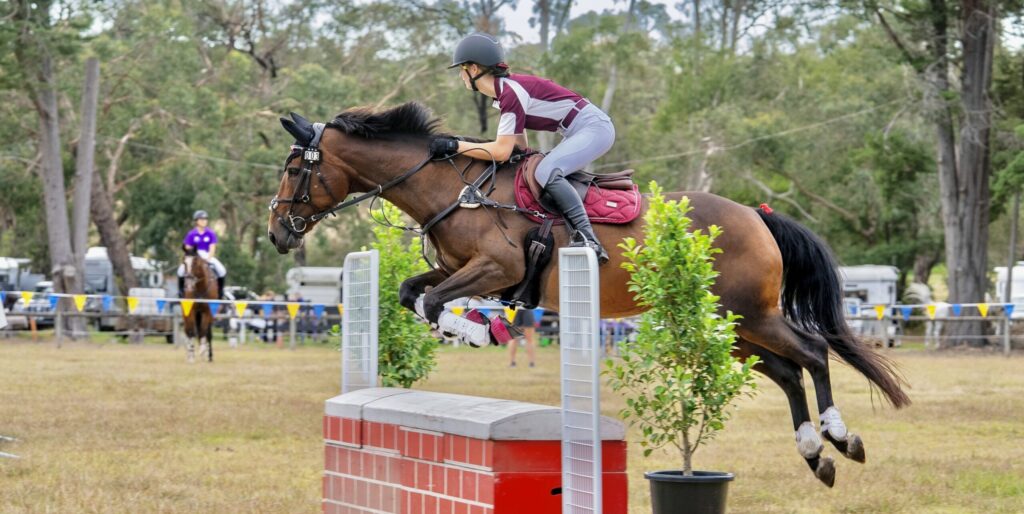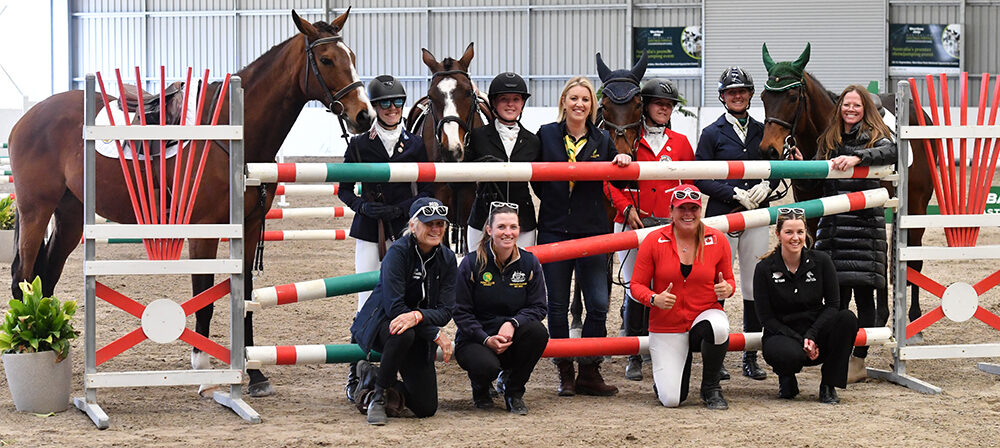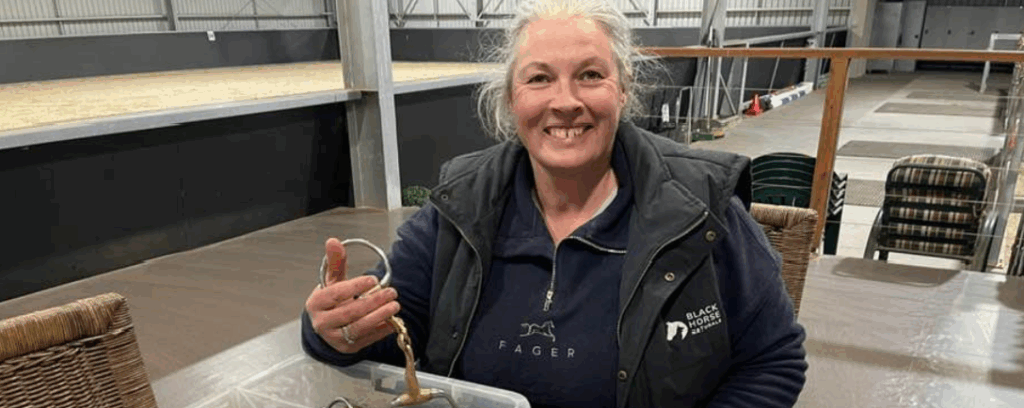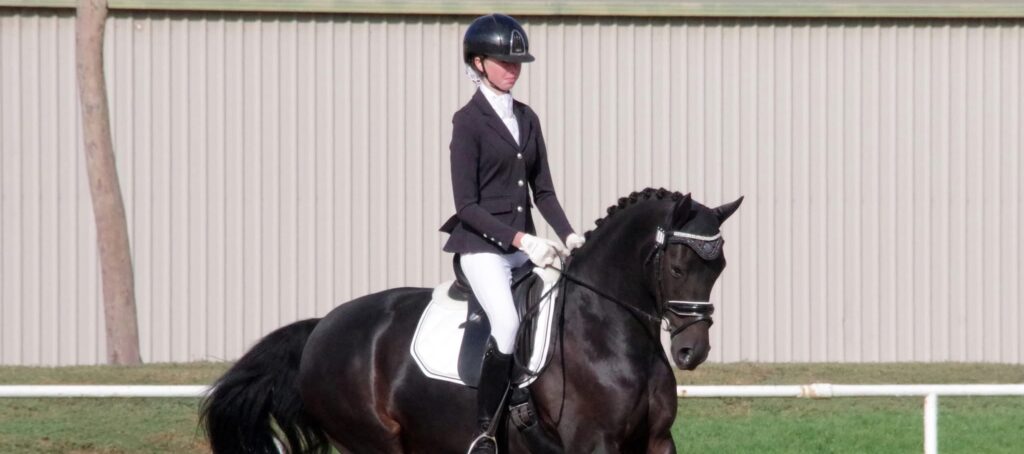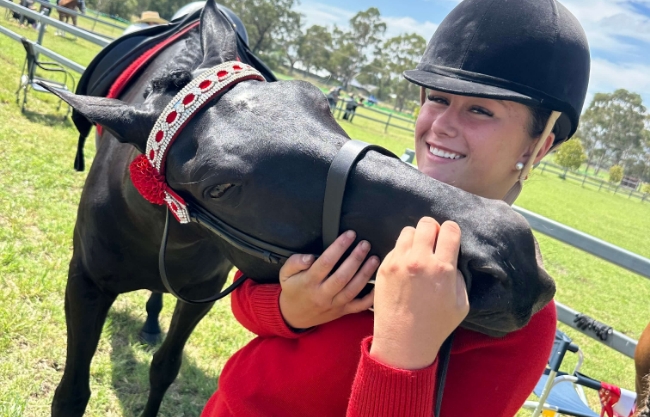As we move through the latter part of spring, many paddocks across Australia are bursting with lush new grass — while others are only just starting to take off. Wherever you are, this changing season brings an increased risk of laminitis, one of the most painful and potentially devastating conditions affecting horses and ponies.
What Is Laminitis?
Laminitis (also known as founder) is inflammation of the laminae — the soft tissues inside the hoof that connect the pedal bone (coffin bone) to the hoof wall. When these tissues become inflamed or damaged, the attachment weakens, causing severe pain and instability.
In serious cases, the pedal bone can rotate or sink within the hoof, even piercing through the sole. Laminitis remains a major welfare concern and one of the leading causes of euthanasia in horses.
There are three main types of laminitis:
Endocrinopathic Laminitis – caused by high insulin levels, commonly seen in Equine Metabolic Syndrome (EMS) or Cushing’s Disease (PPID).
Supporting Limb Laminitis – when one limb bears excessive weight for too long, reducing blood flow to the hoof.
Septic Laminitis – triggered by systemic infection or inflammation elsewhere in the body.
Risk Factors and Warning Signs
Certain horses and ponies are more prone to laminitis, particularly:
Ponies and Quarter Horses
Older horses
Horses with a history of laminitis
Horses with signs of insulin dysregulation, such as a cresty neck, uneven fat deposits, or abnormal hoof rings
Other contributing factors include:
Rapidly growing grass high in sugars and starch (common in spring and again in autumn)
High-grain or high-sugar feeds and hays
Sudden dietary changes or overfeeding
Illness, high fever, or treatment with corticosteroids
Stress or confinement
Early signs to watch for: warmth in the hooves, a stronger-than-normal digital pulse, stiffness or short steps, and the horse “rocking back” onto the hind feet to relieve pressure on the front hooves.
Treatment and Prevention
Laminitis requires immediate attention at the first sign of discomfort:
Remove access to rich pasture and high-sugar feed.
Provide only low-calorie, low-sugar roughage.
Seek veterinary treatment for pain relief and inflammation control.
Apply cold therapy (icing or hosing) to the feet.
Once stable, begin gentle movement on a soft surface.
Prevention is always better than cure:
Keep your horse at a healthy weight through exercise and careful feeding.
Restrict grazing when pastures are lush or growing rapidly.
Choose low-sugar, low-starch feeds and avoid grains.
Regularly assess your horse’s body condition and cresty neck score.
Maintain regular farrier care to keep hooves balanced and healthy.
Equine Metabolic Syndrome (EMS) and Cushing’s Disease (PPID)
Laminitis often develops as a result of underlying hormonal or metabolic conditions such as Equine Metabolic Syndrome (EMS) or Cushing’s Disease (PPID).
Both cause insulin resistance and obesity, increasing the risk of laminitis. However, they usually affect different age groups:
EMS is more common in younger to middle-aged horses (under 15 years).
Cushing’s (PPID) tends to appear in older horses and may include delayed coat shedding, increased drinking and urination, and muscle loss.
If you notice these signs, seek veterinary advice. With diagnosis and management — including dietary adjustments, exercise, and medication where needed — horses with EMS or PPID can live comfortable, active lives.
The Takeaway
Even as spring begins to turn towards summer, fluctuating grass growth and rising sugar levels can still pose a risk. Whether your paddocks are green and abundant or just greening up, it’s important to stay vigilant.
Monitoring your horse’s weight, diet, and metabolic health — and acting early at the first signs of laminitis — is the best way to protect their welfare through the season ahead.
Adapted from the Pony Club Australia A-Certificate Manual

